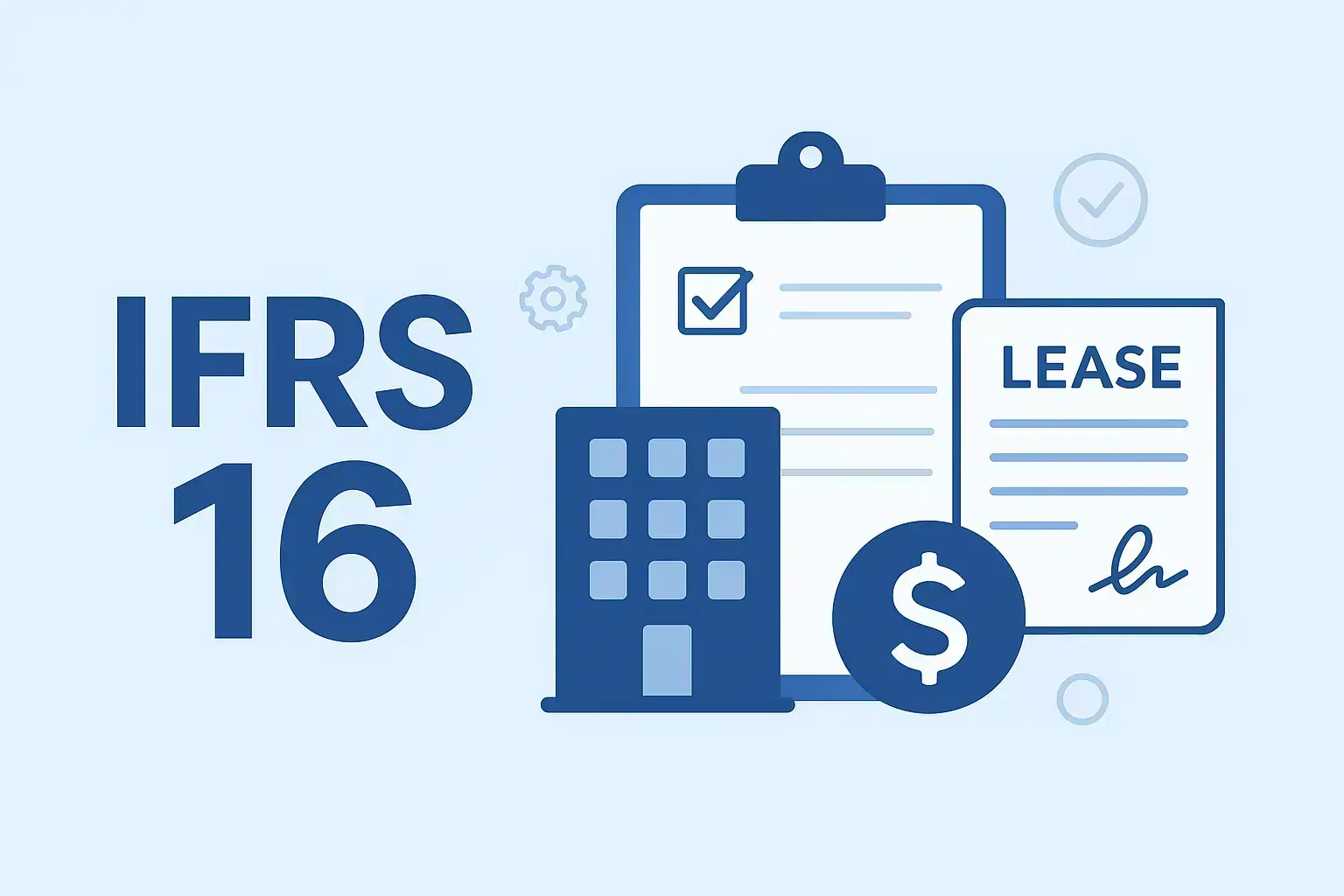Latest Articles & News
Learn how structured variance analysis keeps SMEs and startups in Austria on track. From revenue and cost variances to cash flow bridges and rolling forecasts, our resources help businesses identify gaps, control costs, and make better decisions.

Budgeting & Forecasting
How Variance Analysis Helps SMEs Stay on Track
Variance analysis compares actual results to your budget or forecast to reveal what went right, what went wrong, and why. For SMEs and startups in Austria, a disciplined variance process turns monthly numbers into actionable insights that improve control, cash flow, and growth.
What Is Variance Analysis?
Variance analysis measures the difference between planned figures and actual outcomes, then explains the drivers behind those gaps. When embedded in a monthly budgeting and forecasting cycle, it enables faster decisions, tighter cost control, and better resource allocation across the business.
Key Variance Types SMEs Should Track
1) Revenue Variances
Break down sales gaps by price, volume, and mix. Understanding whether shortfalls are due to lower volumes or discounting helps you target corrective actions effectively.
2) Cost of Sales Variances
Analyze input price changes, usage/efficiency, and product mix. This highlights procurement opportunities, waste reduction, and margin improvement levers.
3) Operating Expense Variances
Compare actual spend to plan by department (e.g., marketing, HR, IT). Identify one-off items vs. structural run-rate changes that require a revised plan.
4) Cash Flow Variances
Bridge forecasted vs. actual cash to surface timing shifts (collections, payments) and working capital issues. Use insights to tighten credit control and vendor terms.
How to Implement an Effective Variance Cycle
Start with clean data: Build on reliable bookkeeping records so variances reflect reality, not posting errors.
Define owners and timelines: Assign accountability for revenue, cost, and OPEX lines with clear month-end deadlines.
Use a standard bridge: Explain gaps by volume, price, mix, timing, and one-off items to keep commentary consistent.
Close the loop: Translate insights into actions—adjust the budget/forecast, update targets, and track results next month.
KPIs and Reports That Enhance Variance Analysis
Pair monthly variance reports with margin %, unit economics, customer acquisition cost (CAC), lifetime value (LTV), inventory turns, and DSO/DPO working-capital metrics. Together they provide a holistic view of performance and cash conversion.
Common Pitfalls to Avoid
Late closes, inconsistent classifications, and commentary without actions reduce the value of variance analysis. Standardize templates, automate reconciliations, and keep narratives focused on drivers and next steps.
Stay on Track with Structured Variance Analysis
Reportat helps SMEs in Austria embed a practical variance cadence inside their budgeting and forecasting process—from templates and KPIs to monthly reviews and plan updates.
Book a Consultation · Explore Budgeting & Forecasting Services · More Guides on Budgeting & Forecasting






Send Us Message
Your email address will not be published. Required fields are marked *